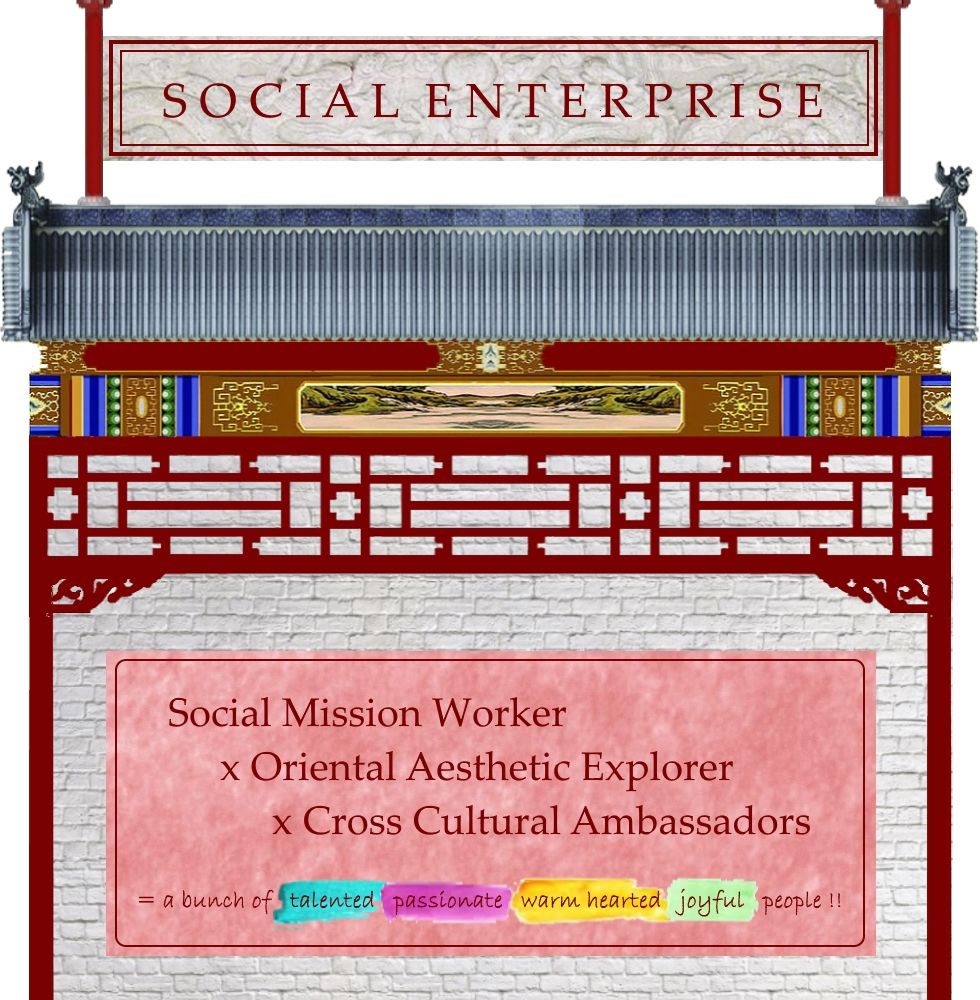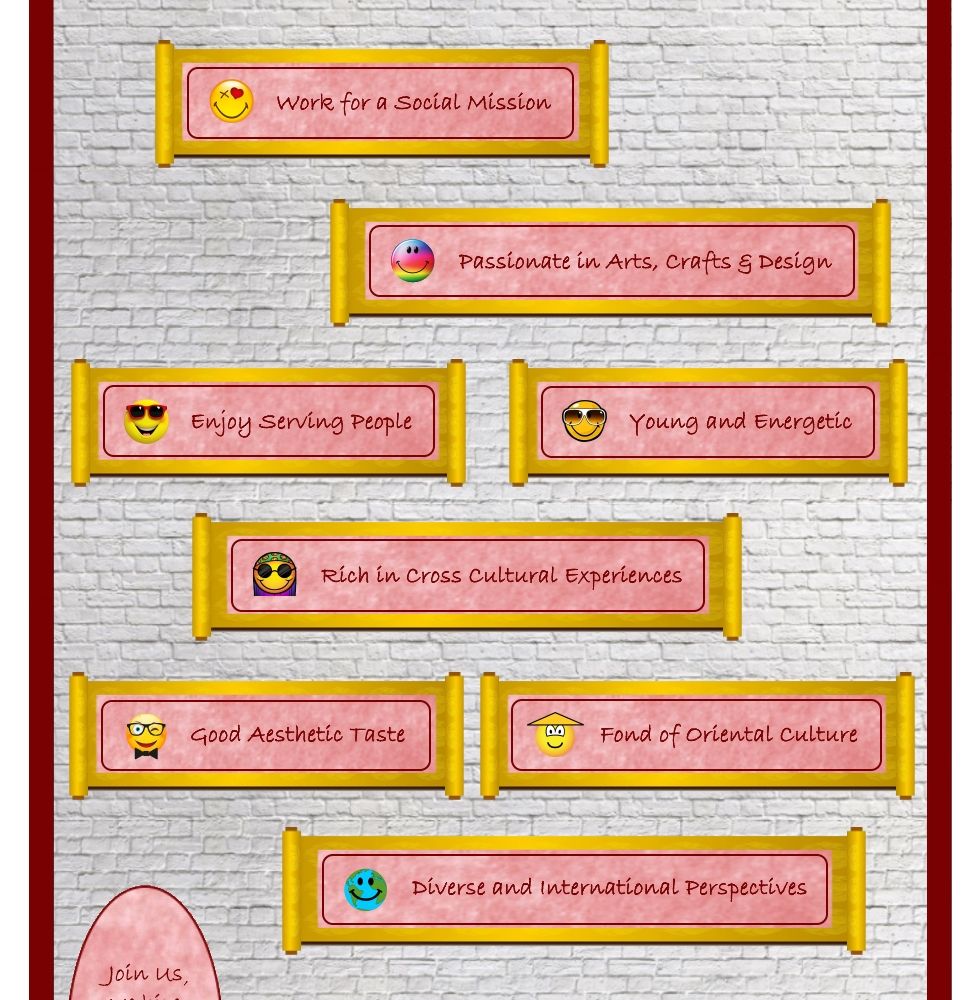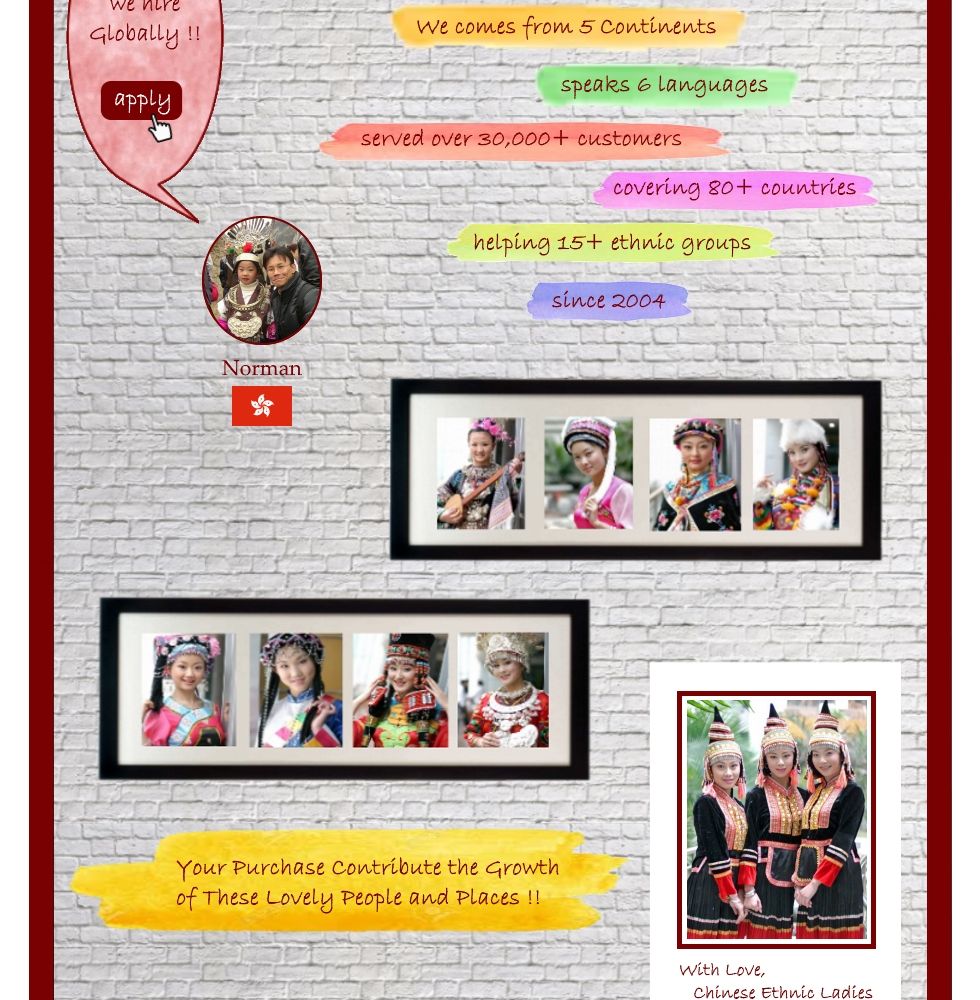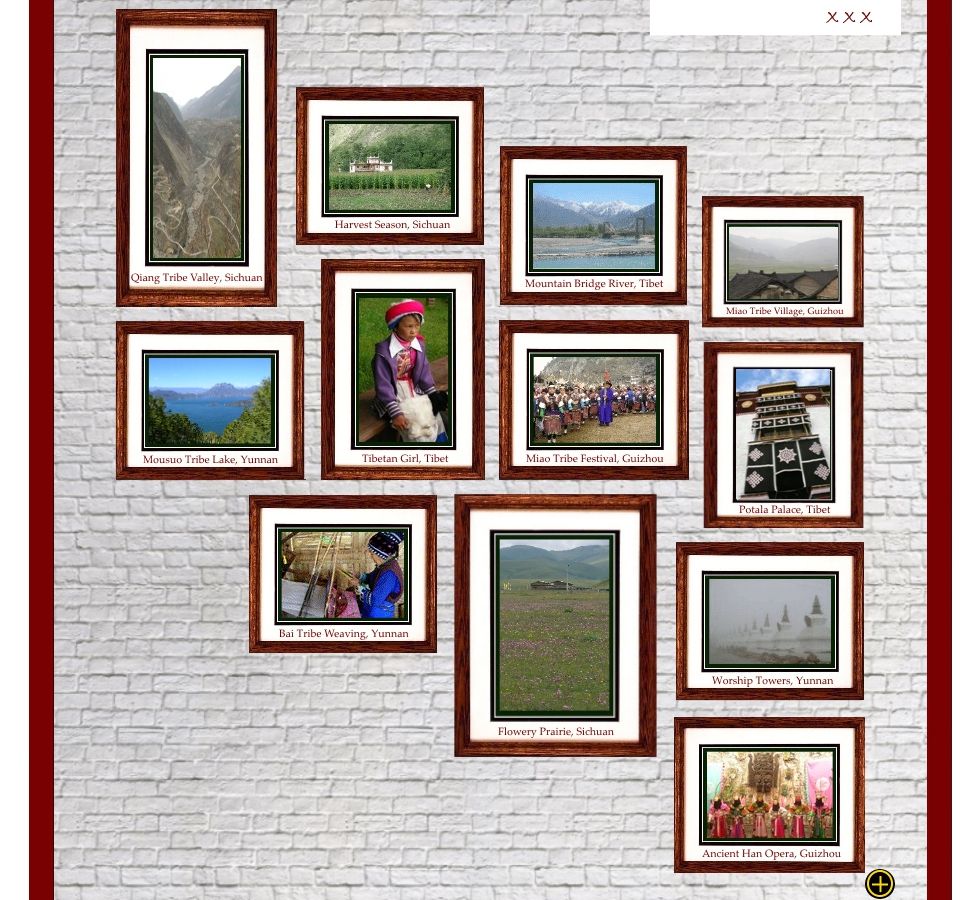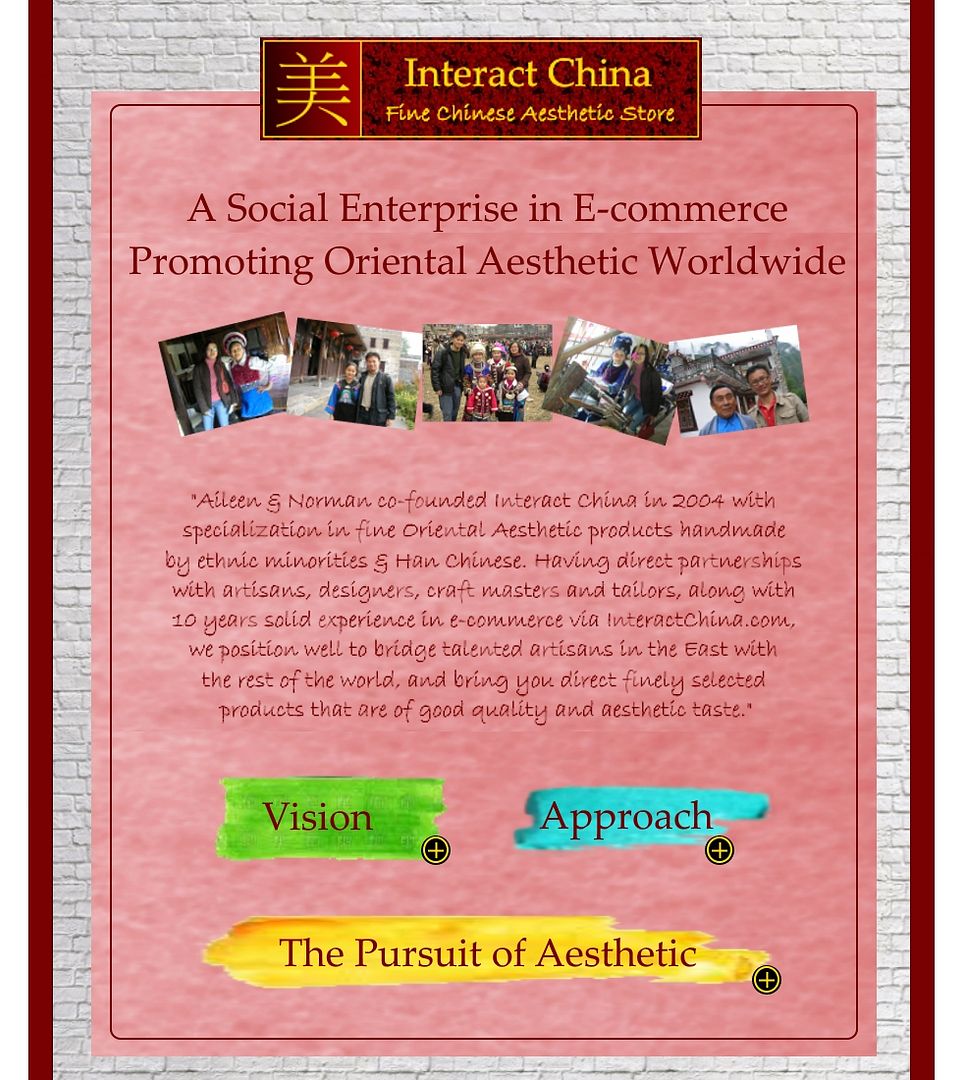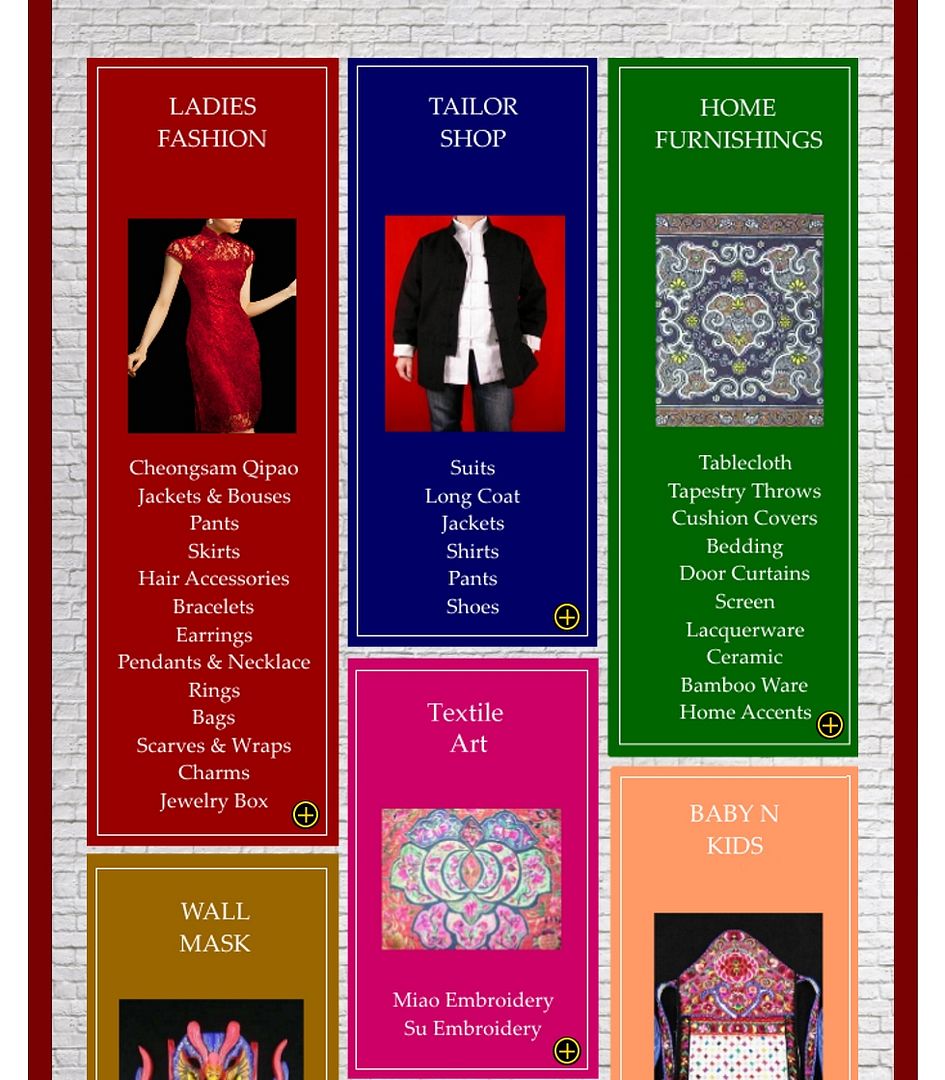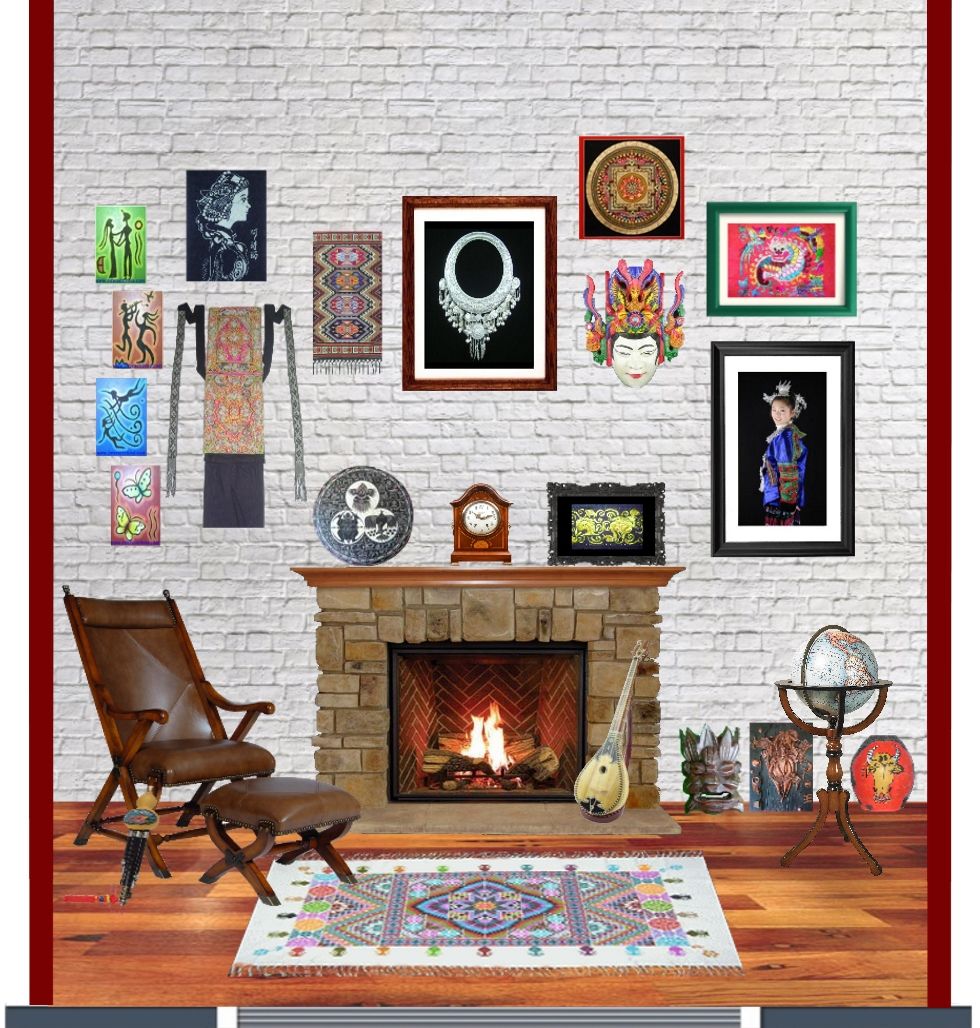Colorful People, Colorful Culture
8th Jun 2017
Location
The Miao Hmong ethnic minority has a population of over 8 million, larger than most minority groups in China. They are widely scattered and normally living in clustered groups of small villages.

Language
Linguistically the Miao belong to the Miao-Yao branch of the Sino-Tibetan language family. The Miao have their own languages consisting of 30-40 dialects, which make it hard for them to understand those of other tribes. But nowadays most Miao young can speak Mandarin Chinese. They had no written scripts until year 1957, when a Romanization system was created. Because of the lack of written language, history and tradition was passed down in the form of songs, dances and clothing.
Farming
The Miao are engaged in agriculture, with hunting as supplement. Major crops include paddy rice, maize, rape, ramie, oil-tea camellia and tung tree. The weather is mild with generous rainfall and the land is rich in medical herbs such as Panax notoginseng and Gastrodia elata.
Living Condition
As an old Miao saying says: “Birds nest in trees, fish swim in rivers, Miao live in mountains.” Miao live in mountainous areas. A typical Miao village contains 100 to 200 households, with smaller village of 10 and big village of over 1000 households.


Miao build their house on deep mountain slopes at the foot hill and next to rivers. It has three storeys. The first storey is for raising domestic animals and fowls and storing firewood and farm tools. The second storey is living room, outside of which is a balcony. The third storey is bed room.


Family
 Miao family is monogamous. Aged parents are supported by their youngest son. Property is passed down to men, but women have the most power in the family. Marriages are usually arranged by parents, but unmarried young men and women have the freedom to court. If a couple is attracted to each other, they exchange love tokens but they must still need parents’ approval before marry. For the first three years of marriage, the bride lives with her own family. She lives with her husband only during holidays and at certain other times. If she gets pregnant, she moves to her husband’s house. Like other ethnic groups, Miao are not under China’s one child policy.
Miao family is monogamous. Aged parents are supported by their youngest son. Property is passed down to men, but women have the most power in the family. Marriages are usually arranged by parents, but unmarried young men and women have the freedom to court. If a couple is attracted to each other, they exchange love tokens but they must still need parents’ approval before marry. For the first three years of marriage, the bride lives with her own family. She lives with her husband only during holidays and at certain other times. If she gets pregnant, she moves to her husband’s house. Like other ethnic groups, Miao are not under China’s one child policy.
Education
By Chinese government, children have nine year compulsory education. However, some parents do not believe in educating girls. Many girls drop out of schools when they are teenagers. As many as 95 percent of Miao women cannot read or write.
Cultural Heritage

The friendly Miao are well known for their hospitality. They always keep their house open for guests and greet them with wine and songs. Guests are greeted outdoors and they are invited to drink, eat, and sing.
Miao love singing and dancing and are famous for love songs and wine toasting songs. Lusheng is their favorite musical instrument. Other instruments like copper drum and Suona are also very popular.
Crafts
Miao people are skilled at handicrafts such as embroidery, weaving, paper-cutting, batik, and jewelry casting. Miao embroidery and silver jewelry are delicate and beautiful. The patterns on their clothes are extremely colorful and with great details.
Religion and Festival
Miao believe in animals and worship nature and ancestors. They hold that everything has its own spirit, including sun, moon, cave, bridge, plants and even huge stones. So they host many ritual activities to express their reverence and respect to nature and their ancestors. Many of them are passed down and become the festivals today.
There are many festivals like Miao New Year, Harvest Tasting, sister festival, Lusheng Festival and Dragon Boat Festival. There’re lots of activities on these festivals, singing, dancing, horse racing, bullfight, rooster fight, knife-pole climbing and swinging.
Social Problems
Since Miao are isolated from modern world and living in remote mountainous villages, they face many problems of poverty. With the increasing number of young generation migrating to big cities, the lack of labor and preservation of their own culture is facing great challenge.
by Xiao Xiao @ InteractChina.com
About Interact China
-----------------------------------------------------------------------------------------------------------------------------
"A Social Enterprise in E-commerce Promoting Oriental Aesthetic Worldwide"
Aileen & Norman co-founded Interact China in 2004 with specialization in fine Oriental Aesthetic products handmade by ethnic minorities & Han Chinese. Having direct partnerships with artisans, designers, craft masters and tailors, along with 10 years solid experience in e-commerce via InteractChina.com, we position well to bridge talented artisans in the East with the rest of the world, and bring you direct finely selected products that are of good quality and aesthetic taste.
So far we carry 3000+ goods covering Ladies Fashion, Kungfu Clothing, Home Furnishings, Babies & Kids, Painting Arts, Textile Arts, Carving Arts, Tribal Jewelry Art, Wall Masks and Musical Instruments. Our team speak English, French, German, Spanish and Italian, and serve customers worldwide with passion and hearts.
-----------------------------------------------------------------------------------------------------------------------------
P.S. We Need People with Similar Passion to Join Our Blogging Team!
If you have passion to write about Oriental Aesthetic in Fashion, Home Decor, Art & Crafts, Culture, Music, Books, and Charity, please contact us at bloggers@interactchina.com, we would love to hear from you!











